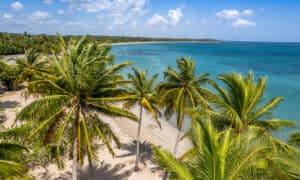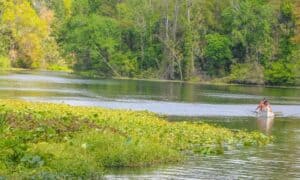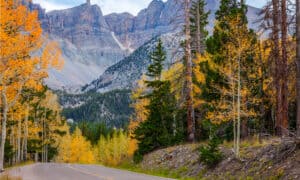Montana is one of the few states where you can see glaciers up close, but unfortunately, not for long. Due to above-average temperatures and below-average precipitation over the past century, glaciologists estimate that all of Glacier National Park‘s glaciers will melt by 2030. If that’s not reason enough to push the Montana vacation to the top of your bucket list, maybe these mind-blowing Glacier National Park facts will inspire you!
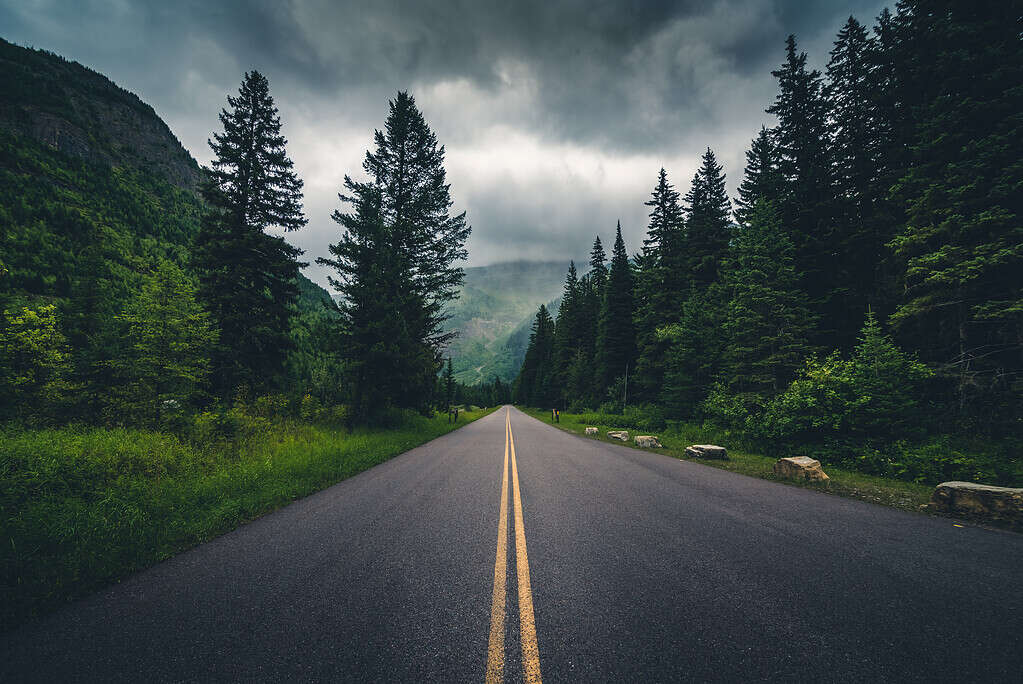
If you want to see Glacier National Park while it still has glaciers, do it within the next seven years.
©RyanTangPhoto/Shutterstock.com
1. Glacier National Park Was Formed After the “Little Ice Age”
The “Little Ice Age” was a period of cooling in Europe and North America lasting from about 1650 to 1850. No one knows exactly what caused it; maybe volcanic activity or changes in solar radiation or Earth’s orbit. But those 200 years contributed to snowy winters and growing glaciers in Montana. When the park was founded in 1910, it had between 80 and 150 glaciers over 25 acres in size!
2. The Glaciers Are Melting

All glaciers in Glacier National Park are expected to melt by 2030.
©Stephen Moehle/Shutterstock.com
Today, as a result of higher-than-average temperatures and low levels of rainfall and snowfall, only about 25 glaciers remain. Sadly, these are forecast to melt by 2030.
3. Glacier National Park is Part of a Larger International Park
The park is located in Montana on the border of Canada. On the Canadian side is Waterton Lakes National Park in Alberta. In 1932, Glacier National Park and Waterton Lakes National Park combined into the Waterton-Glacier International Peace Park. As a result, hikers can make their way along trails seamlessly crossing the border to enjoy the wilderness in both countries.
4. The Park is Bigger Than Rhode Island
The total land area of Glacier National Park is over one million acres or 1,562 square miles. This is a little larger than the state of Rhode Island, which measures 1,214 square miles.
5. It is Bursting with Life

Bighorn sheep
are abundant in Glacier National Park.
©John Raptosh/Shutterstock.com
Glacier National Park is home to about 1,132 species of plants, 277 species of birds, and 71 species of mammals. Its forests include aspens, cedars, pines, Douglas firs, larch, birch, and spruces. Iconic birds in the park include bald eagles and golden eagles, ospreys, Canada geese, great blue herons, and many more. Deer and carnivores abound, including moose, bighorn sheep, elk, mule deer, coyotes, grizzly bears, wolves, lynx, mountain lions, and wolverines.
6. Glacier National Park Has Almost No Reptiles
The cold winters and high elevations of Glacier National Park make it a hostile environment to cold-blooded species. In fact, there are only four species of reptiles in the park: garter snakes, western terrestrial garter snakes, western painted turtles, and rubber boas. All of these are non-venomous and not aggressive.
7. It Is One of the Top 10 National Parks

It’s easy to see why the unspoiled Glacier National Park is one of the most popular U.S. national parks.
©TheBigMK/Shutterstock.com
Glacier National Park hosts approximately three million visitors a year, landing it the #10 spot on the list of most-visited U.S. National Parks. To prevent overcrowding, during peak season visitors must make a vehicle reservation to take the most popular scenic drives through the park.
8. It Catches on Fire Every Year

Periodic wildfires can be healthy for a forest ecosystem, within limits.
©Alf Manciagli/Shutterstock.com
With the exception of 1964, wildfires have burned the park every year. The year 2003 was particularly destructive, with six fires that destroyed 136,000 acres (13% of the park). Forestry officials now understand that within limits, fire is an important part of maintaining a healthy forest ecosystem. It burns away deadwood and brush to prevent even larger fires in the future and make way for new growth. Some plant species require the heat of a fire to open their hard seeds.
9. Wolves Restocked Themselves in the Park

In 1982, wolves returned to Glacier National Park and are multiplying there now.
©slowmotiongli/Shutterstock.com
Wolves were hunted to extinction in Glacier National Park by around 1932. Fifty years later, a pack crossed over from Canada. There are now six to eight packs in the park numbering around 50 animals. Bison, on the other hand, were also hunted to extinction and have not made a comeback.
10. Native Americans Help Preserve the Region
Native Americans have lived in the area of Glacier National Park for about 10,000 years. To the southwest of the park is the Flathead Indian Reservation. Additionally, the park shares its whole eastern border with the neighboring Blackfeet Indian Reservation. In 1895, the Blackfeet tribe sold 800,000 acres to the American government for $1.5 million on the condition that it be used as public land and that they would continue to have hunting rights there.
11. Visiting the Park is Like Time Travel

A unique way to tour the park is by “jammer” – a 1930’s-era tour bus.
©Henryk Sadura/Shutterstock.com
There are over 350 buildings in the park that are all on the National Register of Historic Places. Built at the beginning of the 20th century, they continue to retain the charm they held during our great grandparents’ generation. Historic car enthusiasts will love riding around the park in 1930s-era red buses called “jammers.” Some of these have now been modernized to burn alternative fuels.
12. There is No Shortage of Hydration!
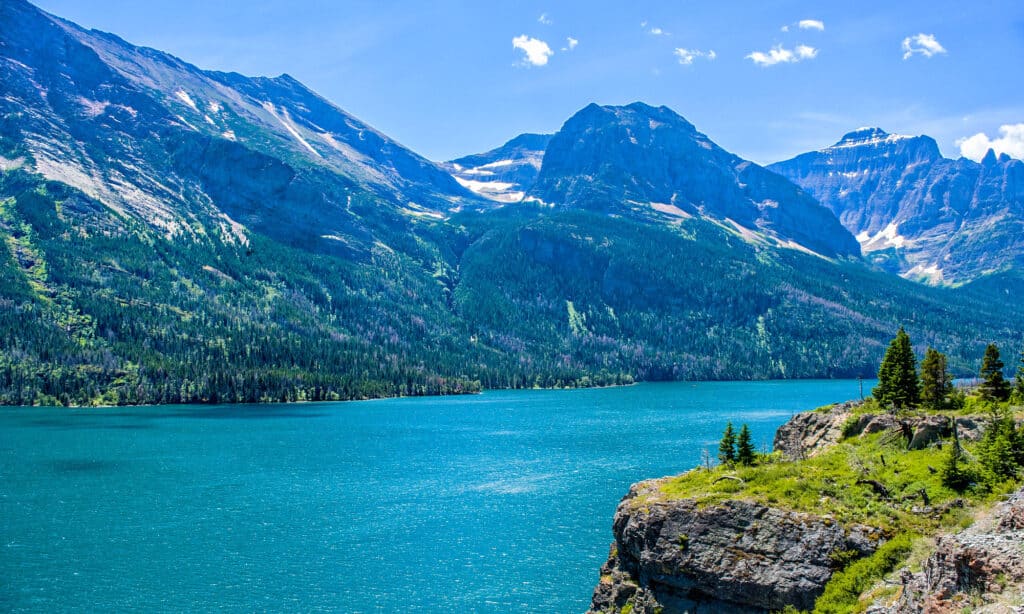
St. Mary Lake is one of hundreds of clear, cold, pristine glacial lakes in the park.
©Evelyn D. Harrison/Shutterstock.com
All those melting glaciers have created 762 lakes in the park. Only 131 of these have been named. The biggest is Lake McDonald. There are also 2,865 miles of rivers and streams. Please be careful though! Water accidents are, tragically, the top cause of death in the park.
13. Glacier National Park Has Its Highs and Lows
The highest point in the park is the 10,448-foot Mt. Cleveland. But unless you’re going mountain climbing, the highest elevation the vast majority of visitors will reach is 6,646 feet. You’ll find it on the Going-to-the-Sun Road along the Continental Divide. The lowest point is 3,150 at the Flathead River.
14. It’s Open All the Time, But Some Times Are Better Than Others

Winter is a beautiful season in Glacier National Park, but also the most treacherous time to visit.
©davidmarxphoto/Shutterstock.com
Glacier National Park is open 24 hours a day, 365 days a year. July and August are the busiest seasons, with half the year’s visitors coming in those months. This not only creates congestion but drives up the price of flights, lodging, and rental cars. It’s also uncomfortably hot at that time, reaching into the 90s. Many previous visitors suggest that mid-September to early October is the best time to visit. The weather’s still pretty nice but school is back in session so college students and families with children are back home, substantially reducing the crowds. The worst time to visit is winter. Roads and hiking trails are icy and treacherous and may be closed to visitors. Temperatures stay below freezing the whole season.
15. Take the Train
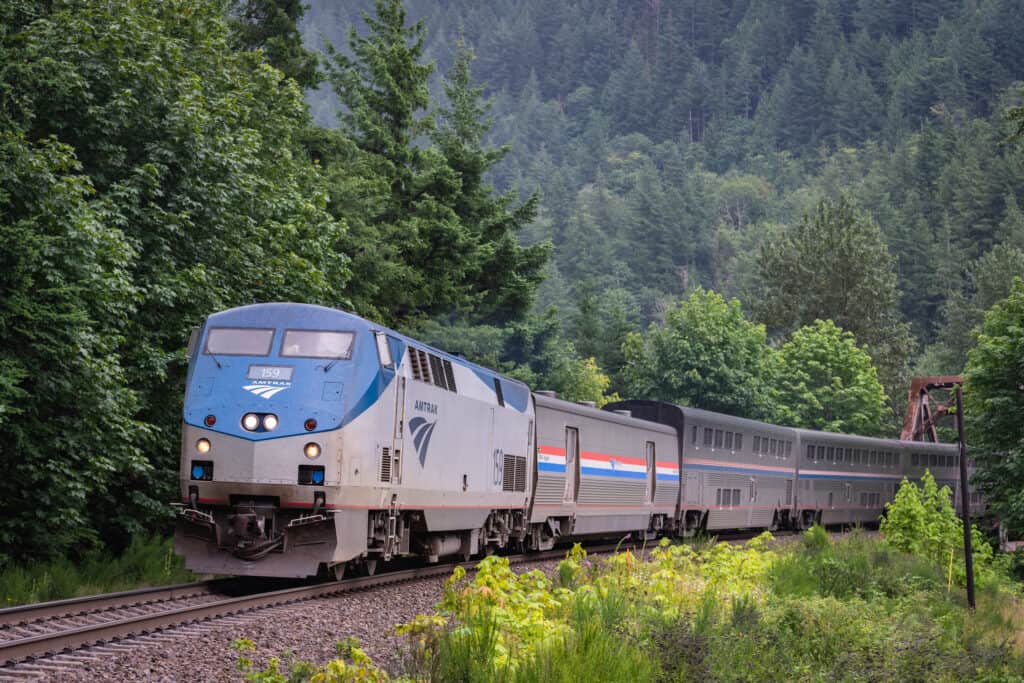
Amtrak’s Empire Builder overnight passenger train can drop you at the entrance to Glacier National Park.
©Ian Dewar Photography/Shutterstock.com
A unique and memorable way to reach the park is by Amtrak. The Empire Builder route between Seattle and Chicago has a stop at East Glacier Park Station in East Glacier Park Village. This service is available from April to October.
Something for Everyone
Glacier National Park features scenic beauty, abundant wildlife, hiking trails, water recreation, historic attractions, and nearby indigenous cultures. The only question now is not whether you’ll visit Glacier National Park, but when?
The photo featured at the top of this post is © Nathaniel Gonzales/iStock via Getty Images
Thank you for reading! Have some feedback for us? Contact the AZ Animals editorial team.




